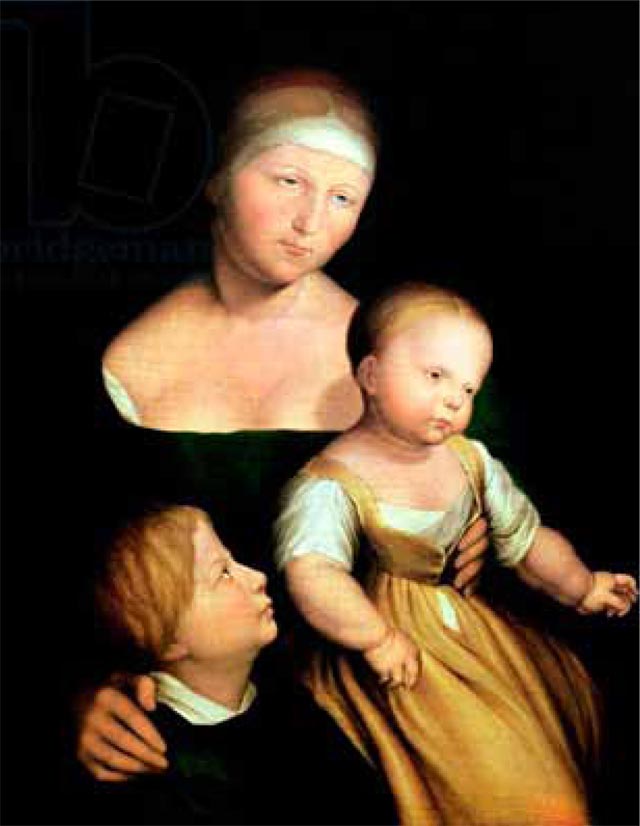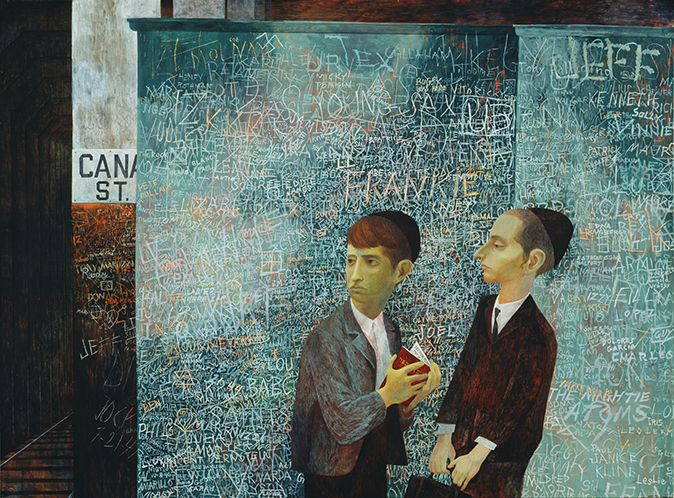My favourite painting: Richard Calvocoressi
'Its swirling movement, rich colour and dramatic light effects recall Baroque painting'

Richard Calvocoressi says:
I’ve been haunted by this great love allegory ever since I wasn’t able to borrow it for the Kokoschka centenary exhibition at the Tate in 1986, owing to its condition. The painting shows the couple cocooned in a small boat in a storm, a memory of the Bay of Naples where they had recently spent a romantic holiday. Its swirling movement, rich colour and dramatic light effects recall Baroque painting. Kokoschka’s original title for it was Tristan and Isolde. Alma Mahler, who was steeped in Wagner’s music, had sung the Liebestod to him at their first meeting. In 1937, the picture was confiscated by the Nazis from a German museum and purchased, along with a further 20 works of “degenerate art”, by the far-sighted director of the Kunstmuseum Basel .
Richard Calvocoressi was a curator at the Tate Gallery, director of the Scottish National Gallery of Modern Art and director of the Henry Moore Foundation. He now works for the Gagosian Gallery, London
John McEwen comments on The Tempest:
Oskar Kokoschka’s father, Gustav, was a patrician Czech businessman who fell on hard times. Gustav, his much younger wife and their three surviving children fetched up in Vienna, the imperial capital. Oskar, the eldest child, soon filled his dejected father’s shoes. His ‘expressionism’ as a writer and artist challenged convention. Vienna’s leading modern painter Gustav Klimt was a supporter, the architect Adolf Loos a paternal surrogate.
Kokoschka had already earned notoriety in Vienna and fame abroad when, aged 26 and still living at home, he started an affair with Alma Mahler, seven years his senior, widow of the world-famous composer and an infamous headhunter. His mother disapproved. Loos dropped him. Alma was happy to be a muse, but on her terms: the affair had to be secret; Kokoschka could never even sleep in the same bedroom. Her absences and infidelities tortured him.
When she became pregnant and he thought they would marry, she aborted the child. War intervened. He was at the front in 1915 when she married the architect Walter Gropius, adding insult to injury by having his child the following year.
Die Windsbraut – The Tempest (in German literally ‘bride of the wind’) – is the most famous picture of this famous 20th-century artistic affair. He explained: ‘We two with a very strong, peaceful expression, our hands entwined, on the edge, in a semi-circle, a sea illuminated as though by Bengal fire, a water-tower, mountains, lightning and the moon.’
Exquisite houses, the beauty of Nature, and how to get the most from your life, straight to your inbox.
In 1918, he invited some friends to dinner to meet his ‘new mistress’. The mistress was a life-size doll of Alma, which was duly decapitated and doused in wine, a story immortalised in a new musical work, John Casken’s Kokoschka’s Doll.

My Favourite Painting: Anna Chancellor
Anna Chancellor chooses her favourite painting for Country Life.

My favourite painting: Peter Blake
'It was exciting to find a fellow artist working on similar themes to what I was doing.'

Credit: Stephen Conroy
My favourite painting: Val McDermid
Val McDermid chooses her favourite painting for Country Life.
Country Life is unlike any other magazine: the only glossy weekly on the newsstand and the only magazine that has been guest-edited by His Majesty The King not once, but twice. It is a celebration of modern rural life and all its diverse joys and pleasures — that was first published in Queen Victoria's Diamond Jubilee year. Our eclectic mixture of witty and informative content — from the most up-to-date property news and commentary and a coveted glimpse inside some of the UK's best houses and gardens, to gardening, the arts and interior design, written by experts in their field — still cannot be found in print or online, anywhere else.
